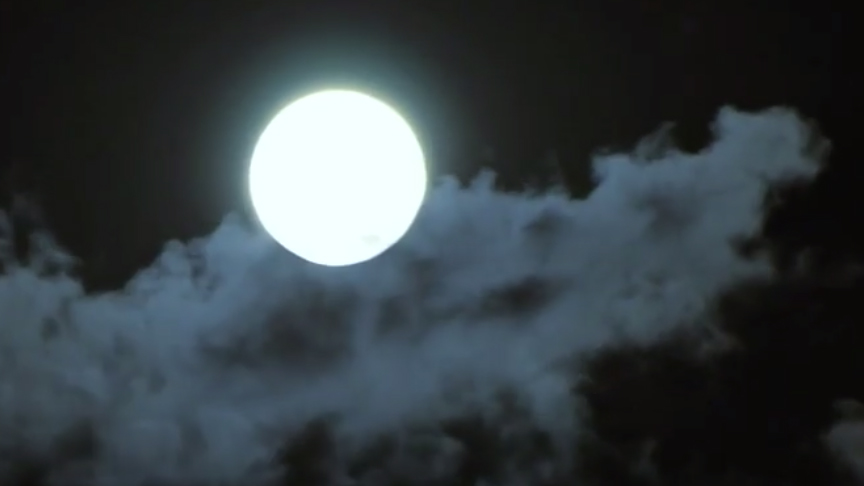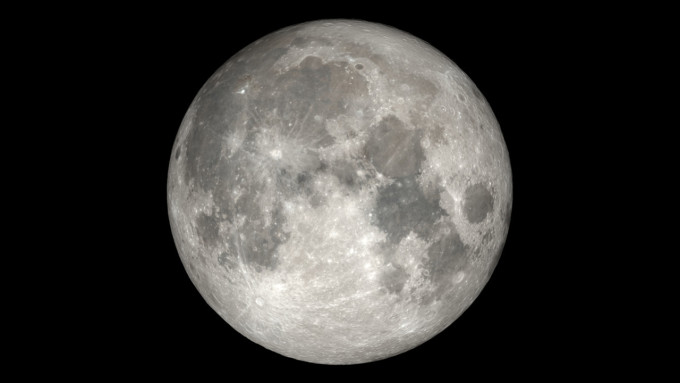Saturday, August 21, 2021 at 10:59 a.m. – The full moon for Sunday will be very special. In fact, this is the first blue summer moon visible in five years, and there won’t be another moon before 2024.
Take a few moments on Sunday evening to gaze up at the night sky. Venus will be there, near the western horizon, early at night, while Jupiter and Saturn will be visible from dusk until dawn. As for the full moon, that night will be special: blue and the third in a season by four.
Blue Moon: An “extra” moon
There are two blue moons. The first is visible when there are two full moons in one calendar month. We last saw it in fall 2020 for Halloween. The other type of blue moon appears during a season of the year with three full moons. But, it happens every three years or so that the moons of this season are four in number.
This occurs when the first full moon of the season occurs a few days before the start of the season. Then, since the interval between full moons is only 29.5 days, the next three will occur earlier and earlier each month. So the fourth will take place right before the end of the season. For summer 2021, which began the season on June 20 and ends on September 22, the full moons are at their peak on June 24, July 24, August 22, and September 20. Of the four full moons, this is the third – which is on Sunday, August 22 – and is a blue moon.
NASA visualization of a blue moon on August 22, 2021. Credit: NASA Science Visualization Studio
Is this moon really blue?
The lunar star is not necessarily blue, it is just a transcription of an English-speaking expression that indicates the rarity of this type of full moon. Most often, when we see the moon change color, it is either orange or red. This may be due to a lunar eclipse when the full moon passes through the Earth’s shadow. The shade is mixed with red because when sunlight passes through the atmosphere, air molecules and various dust, particles and water droplets first scatter the shortest wavelengths of light. Thus, only red tones appear in space.
We can also see this type of color change when smoke or ash particles are in the air. In this case, the shorter wavelengths of moonlight are quickly scattered, allowing only the orange and red wavelengths to pass through. From time to time, we still get the impression that the moon is blue, without necessarily being full. According to NASA, this phenomenon occurs when the air contains many particles that are slightly larger than the wavelength of red light (0.7 microns) and there is no other size. It happens when volcanoes spew out such clouds, just like wildfires. Thus the veil created can give a blue color to the moon when observed from Earth.
SEE ALSO: Jupiter Like You’ve Never Seen It Before!

“Amateur entrepreneur. Professional internet expert. Zombie maven. Incurable pop culture scholar.”








More Stories
You've spent your evenings watching “Criminal Minds,” if you can name these five characters
Charged with throwing a tarantula at a tenant
After The Walking Dead, Andrew Lincoln has landed a role in an “exciting” new series.